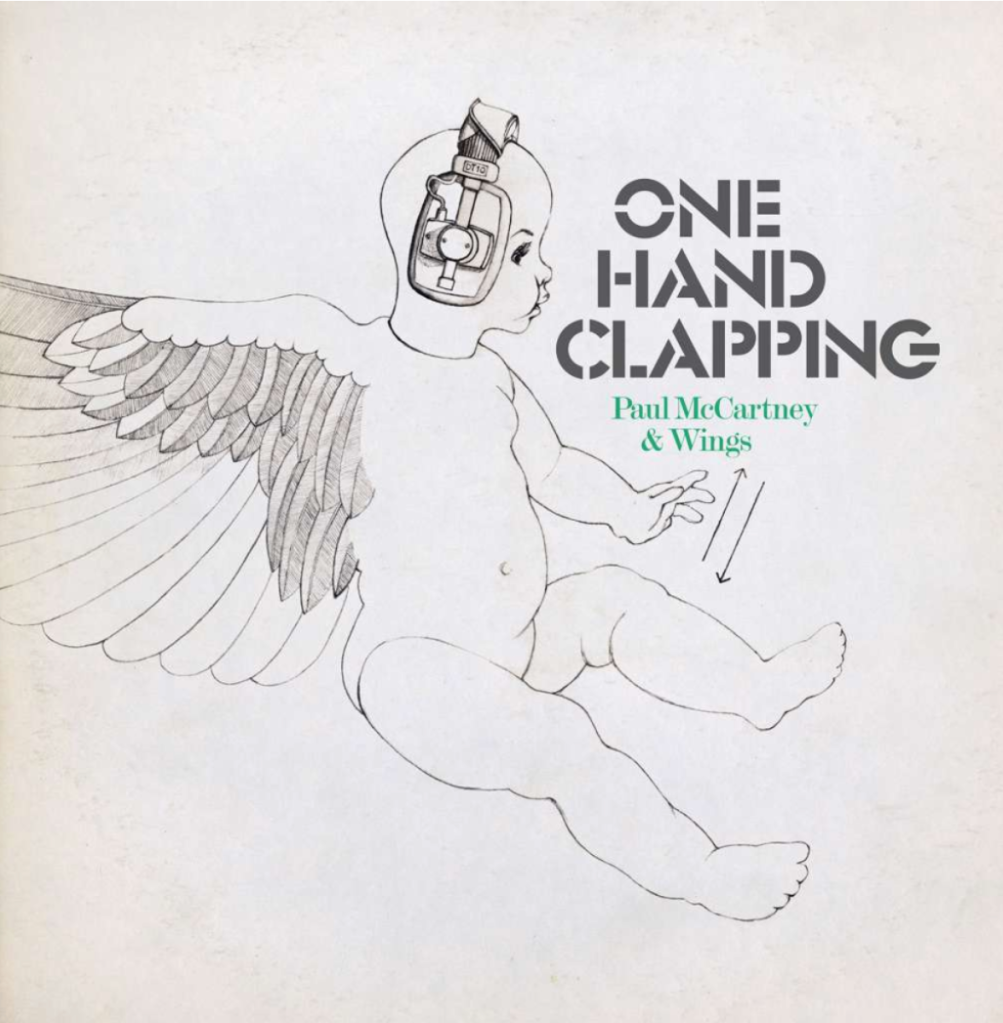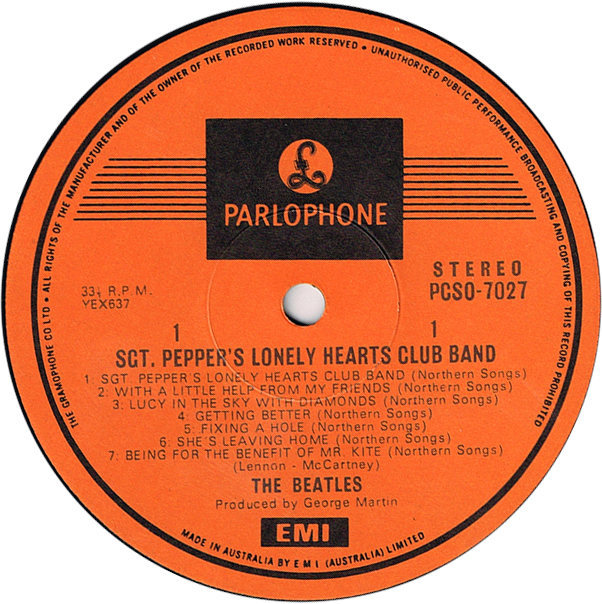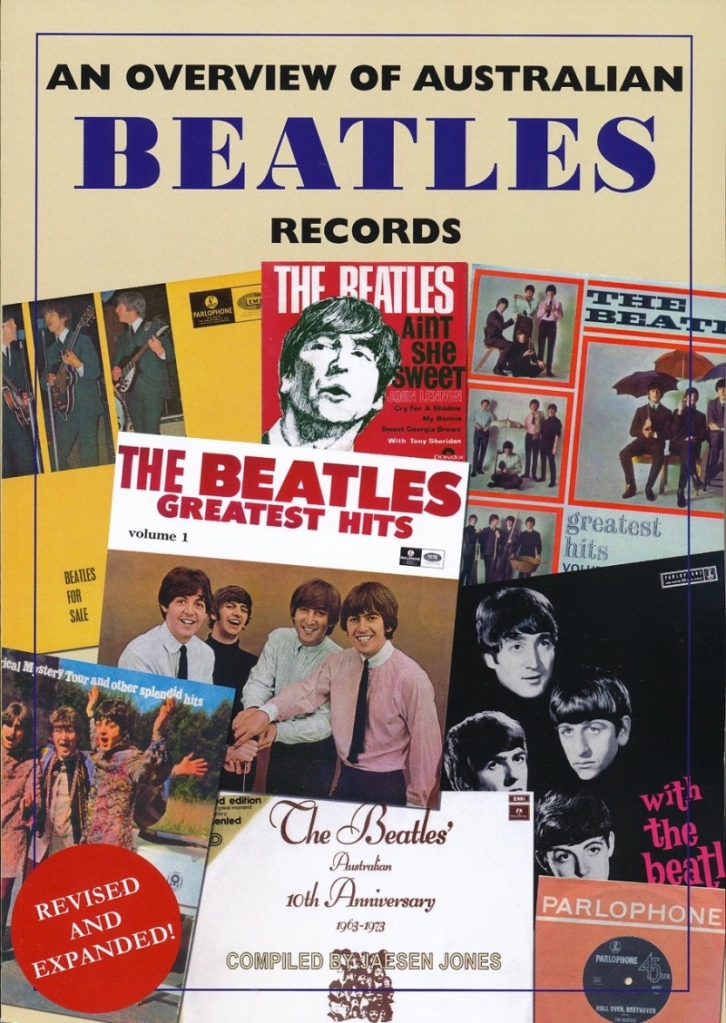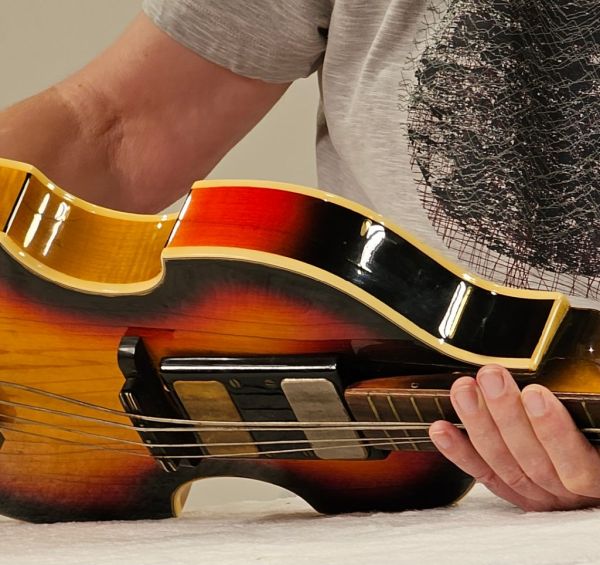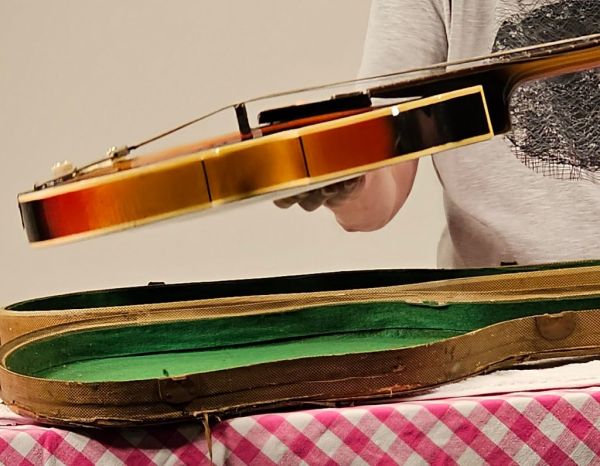Back before Christmas you might recall us running a story about Yoko Ono and Sean Ono Lennon sending out another batch of rare, specially cut acetates to a select group of 50 charities. You can read about that here.
Well, one of the charities has been in touch to let us know how they are using their acetate to raise much needed funds to promote the cause of peace. Here’s their press release:
Limited-edition John Lennon and Yoko Ono ‘Give Peace a Chance’ vinyl acetate available in prize draw to fight extreme poverty
International humanitarian organisation Concern Worldwide is running a prize draw for the exclusive vinyl acetate, newly released in 2023 and hand-cut at Abbey Road Studios. It is one of 50 that has been gifted by Yoko Ono and Sean Lennon to charities that support peace.
Funds raised from the prize draw will go directly towards Concern’s work across 26 countries to end hunger and extreme poverty.
“It’s amazing to be able to offer our supporters the chance to win such an exclusive item, with such an important and unique history, and we’re grateful to Sean and Yoko for including us,” says Lucy Voakes, Fundraising Innovation Manager at Concern.
“The prize draw will raise vital funds at a time when nearly 300 million people around the world need humanitarian assistance and protection, due to conflicts, climate emergencies and other economic factors.”
Concern delivers life-changing interventions in some of the world’s poorest and most vulnerable communities, including emergency response, health and nutrition, livelihoods and education.
The record bears a machine-printed signature from Yoko Ono and is a collector’s item. It also includes the B-Side ‘Remember Love.’
‘Give Peace a Chance’ was first produced fifty-five years ago in June 1969, during John Lennon and Yoko Ono’s “bed-in for peace” in Montréal, Canada. ‘Give Peace a Chance’ quickly became the anthem for the anti-war movement at the time.
To enter the prize draw, visit the charity’s crowdfunder page. Tickets are £5 for a single entry. To enter the draw for free, submit your entry via post. Visit the crowdfunder page for more information: https://www.crowdfunder.co.uk/p/give-peace-a-chance-vinyl
So, that means we know where limited edition acetate number 14 of 50 was sent, and how they intend to use it to help fight poverty.
But what of the other 49? We know where they’ve gone (scroll down the News page on the official John Lennon site to see the full list of charities), but what are they actually doing with them?
As we did for the 50 acetates that the Lennon estate sent out to record stores previously, we decided to have a look around the web to try to find out.
However, it’s proving a much more difficult task this time around because not many of the charities have (yet) openly publicised their intentions. Here’s our very short list to date:
14/50 as we know is Concern Worldwide. They are selling raffle tickets for a prize draw (as per the details above). This closes on May 31. More info can be found at www.crowdfunder.co.uk/p/give-peace-a-chance-vinyl. Here’s their disc:

45/50 War Child UK. They are holding a timed online auction 24 April – 16 May called Spring Clean for War Child. Lots of other rock and pop culture memorabilia is available to bid on, but you’ll need to register. Details on the acetate they were sent – it is Lot 59 – is available here. As of the date of publication the current bid is £500, and there are 13 bidders:
Unknown disc number. Refugees International. They have already held an online auction and it ended on April 30. The winning bid for the limited edition acetate was $500. See: refugeesinternational.afrogs.org/#/view/942515 for more.


Unknown disc number. Beyond Conflict UK. Details of just how they intend to raise funds are unknown at present. They have posted online that they will disclose details “in the new year”. So we guess it is a case of ‘watch this space’. beyond-conflict.co.uk/mediahub/blog/john-lennon-donates-rare-give-peace-a-chance-record-to-bc/
And that is it!
We’ve been able to track down just 4 of the 50 acetates!
If you know where any of the others have ended up, and what the plan is on how to use them, please let us know!




